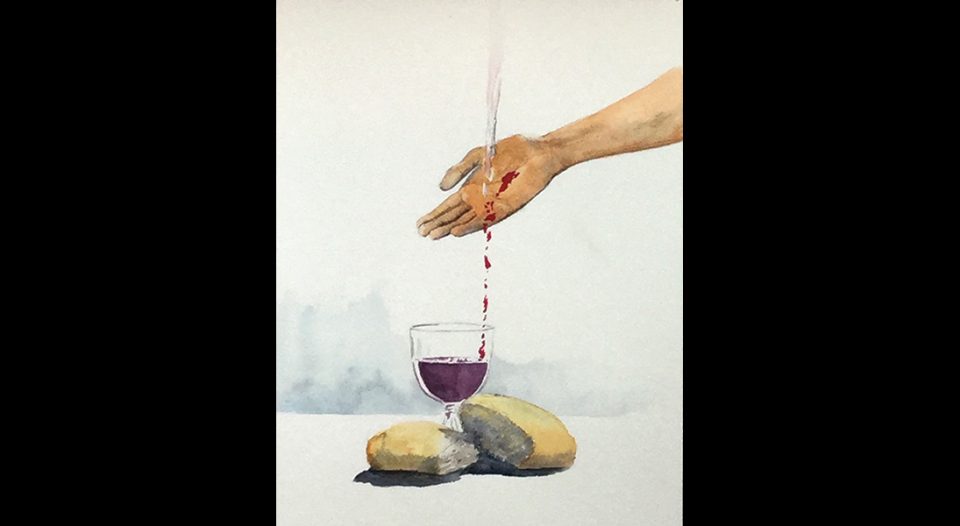Editor’s note: As Lutherans, grace is at the heart of our faith understanding. But what does it look like to actually live out grace? In this series, we explore what grace means and what it looks like to tangibly experience grace in action.
Just below the surface of my memory swim images of all the houses where I came to know home. Retrieving these images takes so little—the smell of salt transports me to the pungent tide flats on the island where I grew up, while the smell of smoke brings back the coal fires on drizzly winter days in England. Rain on a tin roof or the gasp of a braking bus will trigger vivid memories. Births and birthdays, holy days and holidays, arrivals and departures—they pull me into the past, a slow-motion movie filled with familiar faces, remembered houses, and the grace of home.
These houses came in all shapes and sizes: a tiny box in a small mountain town where I learned the Nativity story, playing Mary and creating a manger for baby Jesus in an old tree stump. My grandparents’ homes were places of grace: one stood on a mound of rock overlooking the channel, which ships and ferries crisscrossed day after day; the other, a large, white arts-and-crafts house, was surrounded by fruit trees and well-tended gardens. This one appears often in my dreams. It became the family gathering place, with its seemingly endless spaces for hiding and playing and discovering family stories.
There were apartments and flats where we learned to live in close proximity with others, another kind of grace. There was an island cabin made of hand-hewn logs and a house perched on a mountain near a river, iconic structures where the graces of home were and are celebrated regularly. The grace found in these places spilled over into other homes and other lives, providing roots and wings and a deep sense of belonging.
Bound together with love and mercy, any home becomes a place of grace, bearing the image of God.
Make no mistake: none of these homes was perfect, and every one of them knew its share of dysfunction. But from my childhood onward, these are the places where I’ve encountered grace. Home, in all its iterations—physical or spiritual, metaphorical or literal—defines our identity. For everyone fortunate enough to know the security of home, the simple act of recalling the places where we first knew ourselves to belong can elicit complex and sometimes complicated feelings.
When my children were growing up, we often talked with them about being “at home” in many different places. We wanted them to adapt and adjust to the moves and travel of their childhood and to know the importance of rootedness. But stronger than either of these impulses was our desire for them to feel at home with themselves and to know the feeling of home as a lens for perceiving the grace of a loving God.
Bound together with love and mercy, any home becomes a place of grace, bearing the image of God. Home becomes a vessel for the gracious love of Christ. Grace becomes our home. We are made in the image of God and charged with sharing the grace of God’s infinite love. To enact that grace is to see the world and ourselves through the eyes of the Holy One, to know God’s grace as the very essence of the love we believe God to be.
In all the vagaries of life, true home is a place of grace. Whether physical or spiritual, metaphorical or literal, we find true home in the places where God dwells, the homes God inhabits, the world God continues to create. The face of God is revealed everywhere we look, and in the vicissitudes of everyday life, the grace and love of God make the ordinary holy and the mundane sacred.
Home is a place of grace, and grace is learning to know ourselves as God’s home. In becoming God’s home, we know ourselves to be truly home. Grace upon grace.






